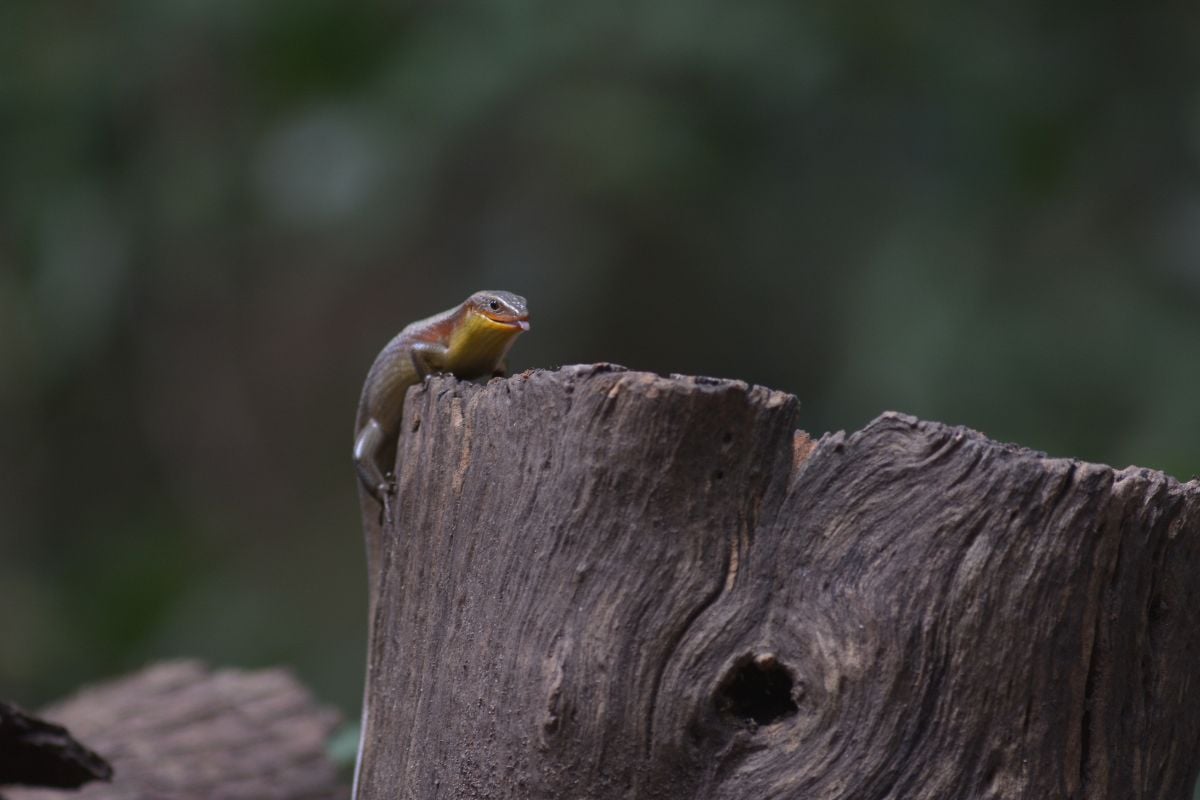 Gray water is basically the wastewater that flows out of the drains of your house. For health reasons, there are often local, regional or state restrictions on how it can be used. In general, untreated grey water should not be used.
Gray water is basically the wastewater that flows out of the drains of your house. For health reasons, there are often local, regional or state restrictions on how it can be used. In general, untreated grey water should not be used.
When gray water does not go to municipal waste treatment facility, there are three typical ways to treat gray water:
- a gray water system (with a filtration tank and transpiration beds)
- an Aerated Water Treatment System (AWTS)
- a standard septic system.
Gray Water System Details
Generally it is not permissible to reuse toilet wastewater for health reasons. So a gray water system must be used in conjunction with a waterless composting toilet or a septic system. A kitchen sink grinder unit is also recommended.
The first step of the non-toilet gray water system involves passing the water through a grease trap. This filters out basic fats from the kitchen water and lint from the washing machine water.
The water then passes through a filtration tank, which is less than 1 cubic yard in size, and consists of a pine bark coarse filter on top of a bio-mass filter. You can obtain this coarse pine bark from your local nursery. The coarse pine bark filter removes the large particles and any remaining fat molecules from the kitchen wastewater.
You can add worms to this pine bark layer to hasten the breakdown of particles in the wastewater. The material filtered by this layer and the pine bark itself will compost over time and should be replaced every 6-12 months. The pine bark layer is kept separate from the bio-mass filter via a filter cloth.
If you are using worms, you have to be careful not to allow nasty chemicals to flow down your drains, as these will kill the worms. You should place these in containers and dispose of them according to the proper procedures for toxic chemical waste disposal. It is generally recommended with these types of systems, even if you don’t have worms, to be careful to use cleaning agents and shampoos, etc. that are plant-based and thus more easily degradable.
The bio-mass filter removes the finer materials from the wastewater. It converts the organic content of the water into water-soluble nutrients that can be used on your flower garden and trees.
As part of the final stage of the treatment, the wastewater flows over a biofilm on the 20mm aggregate at the base of the filtration tank.
The treated non-toilet gray water is channeled into sub-surface trenches, irrigation or evapotranspiration beds as part of its treatment process.
Ideally the water should flow via gravity. Generally the cost of installing such a system is relatively low as only some excavation is required and the ongoing costs will be less than those of a standard septic system. If the site doesn’t allow for this, pumps will need to be put in place.
Aerated Water Treatment Systems (AWTS)
Aerated Water Treatment Systems (AWTS) can be used to bring water to a secondary level of purity. These systems generally include a disinfection unit, the most common of which use chlorine as their disinfecting agent. These systems are expensive to install and require annual inspection and maintenance. There are always wear-and-tear costs in terms of the pumps and aerators they contain, plus the electricity required to run the system.
Septic Systems
A septic system is an on-site, small-scale sewage system. Gray water and sewage enter a large tank, where the solids sink to the bottom. Anaerobic bacteria help break down the solids. The water gradually seeps out a pipe into porous soil for further purification. Some newer model septic systems have been designed to utilize worms primarily for the toilet and kitchen scrap waste.
The Law
Whichever system you decide to employ will generally require approval by your local government authorities. Many will ask for a site plan and for a soil test to be conducted.
If you are installing the gray water system (with a filtration tank and transpiration beds), make sure the council’s consultant or engineer allows for the lower volume of water because of the waterless toilet. This should result in an EDA (Effluent Dispersal Area) only 65% of that required for septic systems or for an AWTS that handles both black (toilet) and gray water.
If you decide to use a system that requires worms, check out Uncle Jim’s Red Wigglers. These hearty little fellows have been specially bred over decades at Uncle Jim’s Worm Farm to suit nearly any composting purpose.









4 thoughts on “Worms and Gray Water Purification”
have a septic drainfield problem…… clogged . Have heard live worms may work. What would you recommend……thanks
new drain field ..
dont use chemicals ..
rid x aint gonna help you ….
clean out the septic .. pop a hole in the drank .. make a new drain field .. cheaper if you do it yourself dont be scared ..
We just replaced our old pipe leach field with a chambered leach field. Will your worms survive and be adequate to keep the field free of biomat?
Thanks
We have a small old septic system and never have had problems until now. Will your worms help are system and how many would we need and how do you put them down into the sewer and do they come up in to the house.
Please help